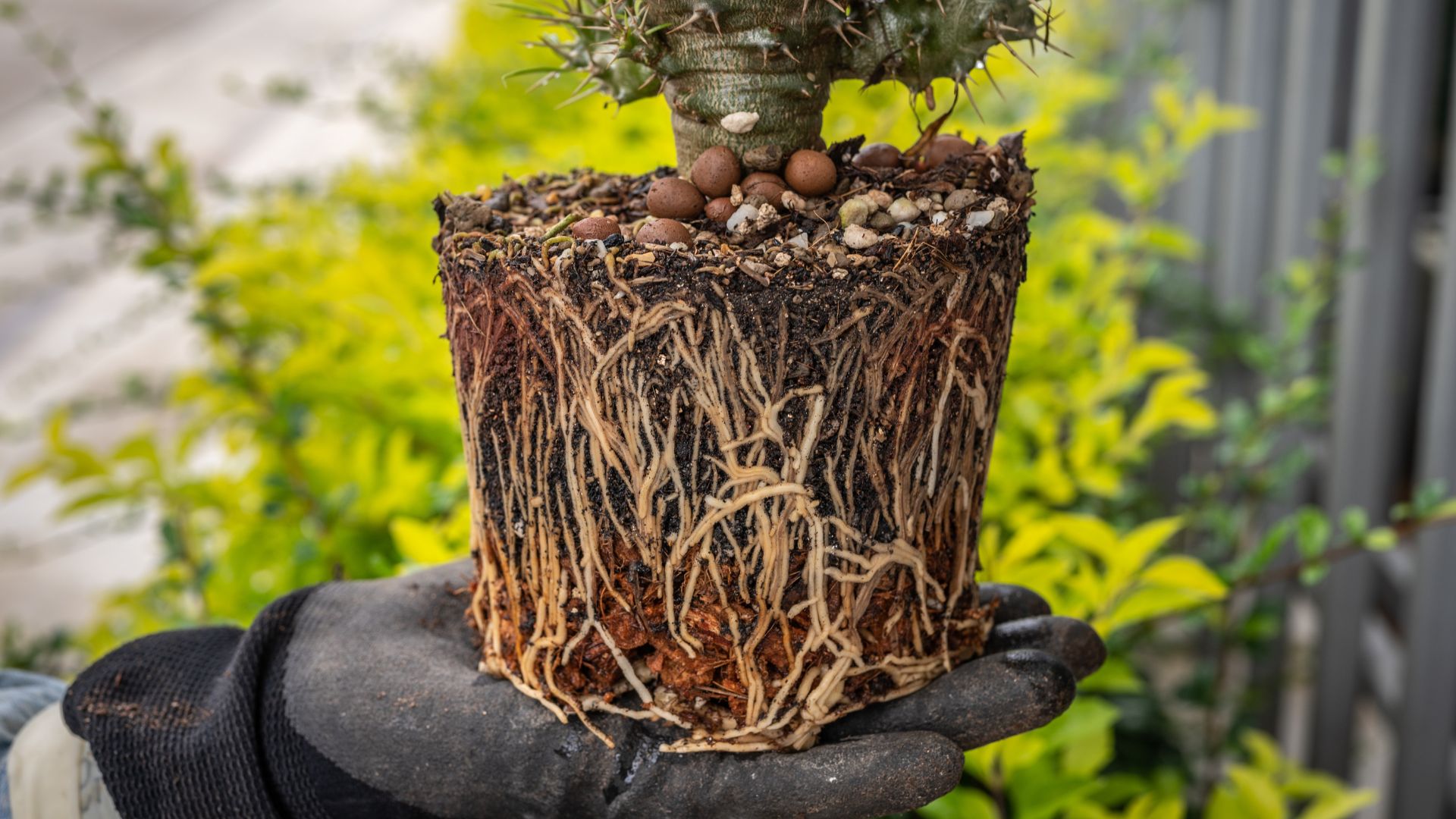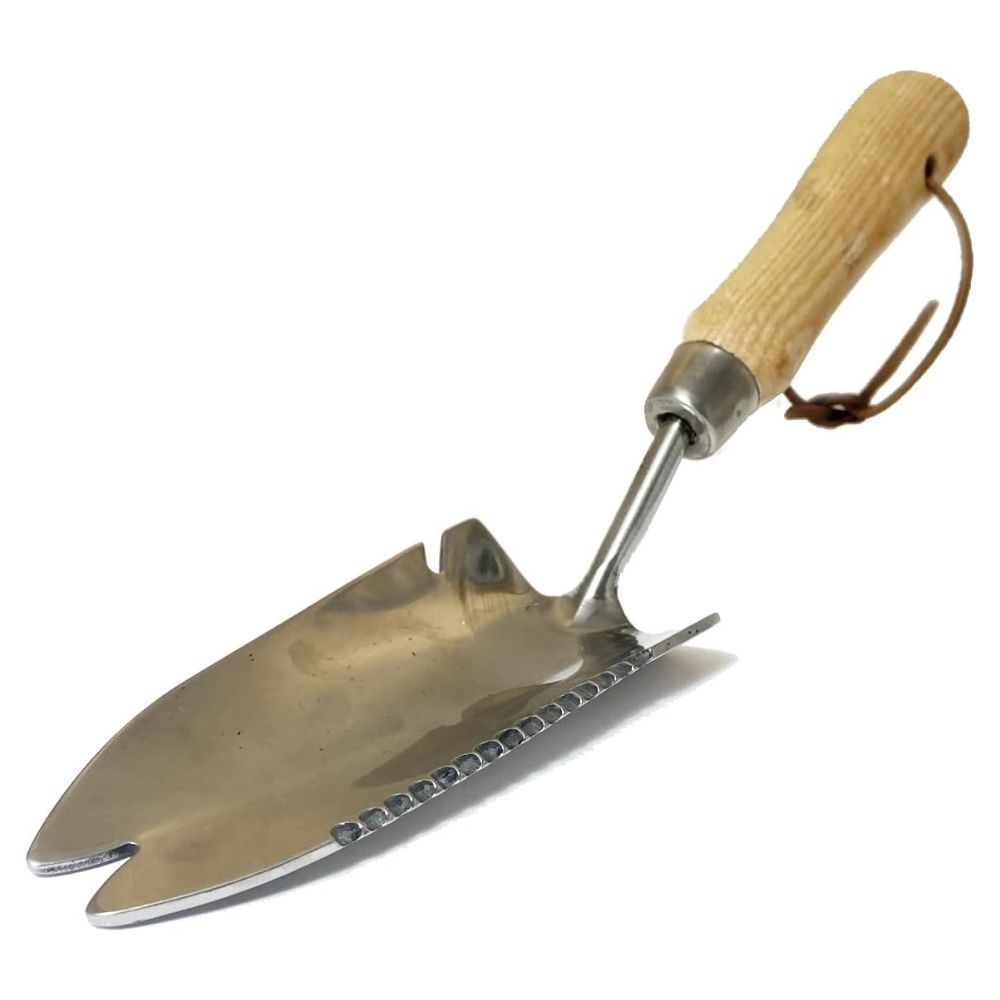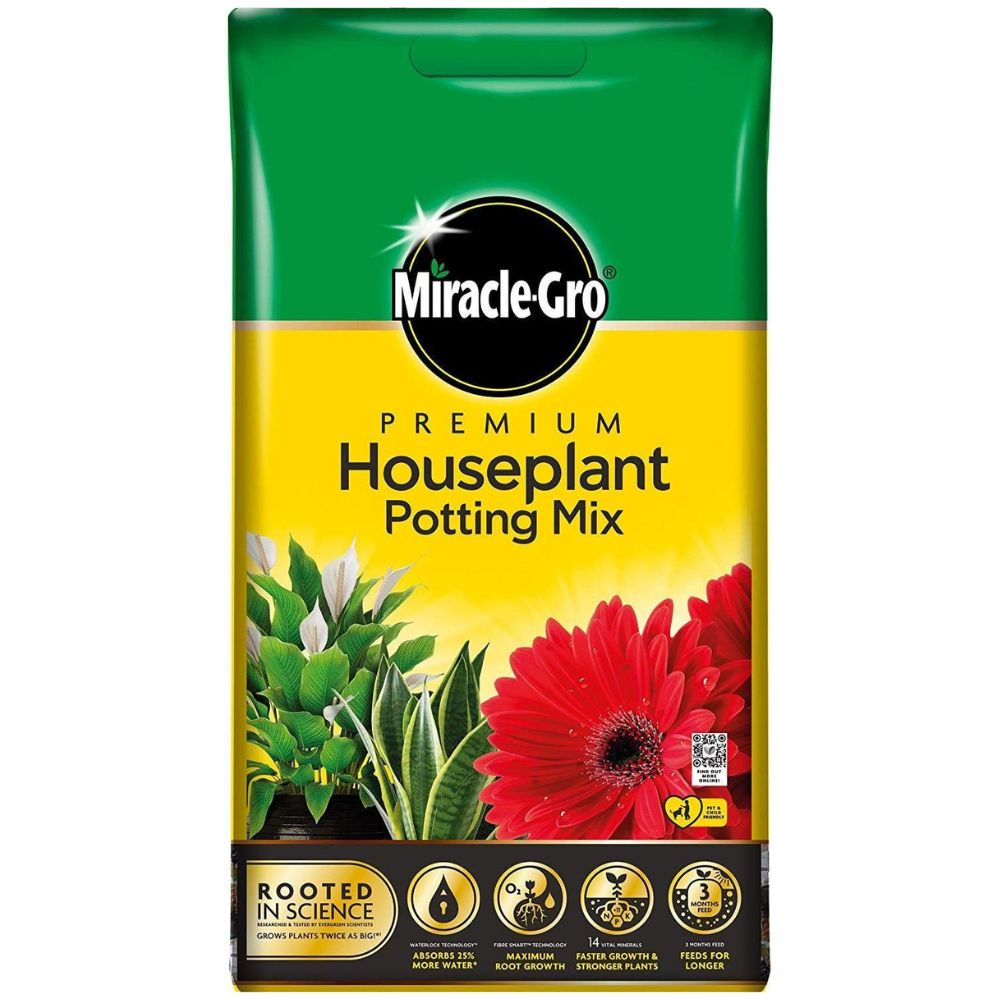How to repot a houseplant: A foolproof method for giving your beloved plant a new lease of life
Is your plant ready for a pot upgrade but unsure where to start? We spoke to plant experts to find out all you need to know for a smooth transition


Is your plant looking rather squished in its starter pot? It's probably time you gave your leafy friend a new more spacious home, and we've got some expert tips and tricks to make the whole ordeal as easy as can be.
Leaving your houseplant in a too-small pot is one of the most common houseplant mistakes you should avoid, it can lead to a rather unwell plant. Knowing how to repot is just as important as knowing how to clean plant leaves, While neither of these tasks might seem crucial they make a big difference to your plant's health and ability to grow.
So if you want to help your plant continue to thrive, here's a foolproof repotting method that will have you wondering why you didn't do it sooner.
How to repot a houseplant
Repotting your plants may not be as pressing as how often you should water your indoor plants but it certainly will make all the difference in the long run. Especially if you're relying on the best fragrant house plants to make your house smell good.
Speaking to Miracle Gro's gardening guru Kate Turner, she stresses the importance of repotting. She says, "Just like garden plants, houseplants need re-potting, moving into a bigger pot as their roots get too big for their current one."
So with that in mind, here's the expert-recommended method for upgrading your plant's home and here's what you'll need...
- A new, larger pot
- Potting mix
- Grit (optional)
- Spade
- Water
- Gardening gloves (optional)
1. Pick out the new pot and compost

First things first you need to pick out the right pot and potting mix for your plant, and there are a few conditions to consider before you make the purchase.
Sign up to our free daily email for the latest royal and entertainment news, interesting opinion, expert advice on styling and beauty trends, and no-nonsense guides to the health and wellness questions you want answered.
"It needs to be a size larger than the one your plant is currently in. Succulents with shallow roots don’t need a deep pot but they do prefer a breathable type such as terracotta rather than plastic. This helps to stop the soil from staying too wet and warms the soil up when the sun is shining, improving the conditions for your plant," says Fiona Jenkins, a gardening expert at MyJobQuote.
Of course, bigger plants need to be treated a little differently, but no matter what your pot needs drainage holes in it and even some added grit should the plant prefer well-draining soil.
Fiona explains, "On the other hand, a monstera has a large root system, so it will need a reasonably deep pot that’s also a little wider than its previous one. As these plants can grow quite big, you might find a heavier pot that will stop it from toppling over. But a glazed ceramic one is usually best as monsteras do need some moisture and terracotta pots can dry the soil out too quickly."
When it comes to the appropriate potting mix Fiona says that most plants are fine with a general-purpose repotting mic but some will benefit from a more specific type. "For example, orchids need a bark or moss-based mix to allow air to circulate around the roots and succulents need a gritty compost to ensure the pot drains well and the roots don’t rot," she says. Choosing the wrong orchid mix can also be the reason your orchid's leaves are turning yellow.
2. Remove your plant from its current pot
Once your new pot is ready and filled two-thirds up with potting mix, it's time to remove your plant from its old outgrown pot. It's important to be gentle here, after all, you're dealing with one of the best indoor plants for your health and wellbeing, and you don't want an unnecessary casualty.
"If the roots of your plant are tightly packed together after becoming pot-bound, it’s important to try to tease them apart again. You can trim the roots that are poking out of the bottom of the pot to free the plant and if the roots won’t free up, you can cut them where they’re too knotted together," says Fiona.
Whilst you might be hesitant to cut the roots, it's really important for the plant's growth that the roots are spaced out as it allows them to grow normally again.
3. Examine your plant for any disease

Between its removal and the repotting, it's a good time to have a look at your plant and see if there are any signs of distress or disease. Even the easiest houseplants to keep alive can pick up root rot, destructive pests or mould.
Jane Dobbs, Lead gardener at Allan's Gardeners says it's best to find this before you replant it into fresh soil and the issue goes unresolved, these sorts of problems can lead to mould growing on the top of your plant's soil amongst other things.
4. Place your plant in its new pot
Now that it's been checked over and you've got your new filled pot at the ready it's time to make the switch.
"Repot your plant to the same soil level that it was at before. You don’t want exposed roots. In most cases this will mean putting a layer of soil at the bottom of your new pot to get the plant to sit at the right height," says Kelly Dyer, Plant Doctor and Lead Horticulturalist at Patch Plants.
"As you’re backfilling fresh soil around your plant, gently press down around the outside of the rootball. This ensures that it’s sturdy, but also that there is contact between the soil and roots. Don’t press the soil down so hard that you compact it, this will cause drainage problems.
Also give it a few taps around the sides and on the table, so that any air pockets below the soil surface are filled. If you find that your soil level drops down a lot as a result of this, top it up." she explains.
Once you've done this, Kelly recommends leaving a 2cm gap between the soil level and the top of your pot so you have some room to water it. Should the plant be potted to the very brim, any water will run off before your plants even have the chance to absorb it.
All that's left to do now is water the soil until it runs through the holes at the bottom of the pot, then let it drain and pop it back in its usual spot. Just remember not to over-water your plants, or you might soon be asking why your monstera is turning yellow.
How often on average do plants need repotting?
Whilst knowing how to care for an orchid is completely different from how to care for a peace lily, there are some similarities when it comes to how often you should be repotting.
"On average, plants need repotting every one or two years but this does depend on their rate of growth. Some plants, such as snake plants, are fairly slow-growing. So, you might not need to repot them for two or three years. However, it’s still important to refresh the compost now and again, so they’re getting enough nutrients," explains Fiona.
Whether you're surrounded by cacti or plants that help with condensation, knowing how to properly care for them no matter what the species will make you a successful plant parent. And in doing so you can bring positive energy into your home with your thriving leafy friends in their new, generous pots.

Emily joined woman&home as a staff writer after finishing her MA in Magazine Journalism from City University in 2023. After writing various health and news content, she now specialises in lifestyle, covering unique cleaning hacks, gardening how-tos, and everything to help your houseplants thrive.


